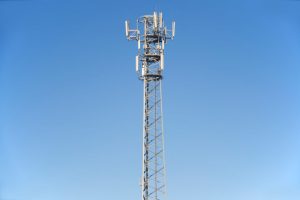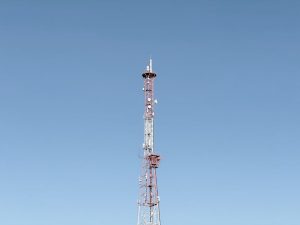GEO Satellites: Revolutionizing Global Communication and Navigation

GEO Satellites: Introduction
GEO satellites, or Geostationary Earth Orbit satellites, are a type of satellite that orbits the Earth at an altitude of approximately 35,786 kilometers (22,236 miles) above the equator. At this height, GEO satellites remain stationary relative to a fixed point on the Earth’s surface, allowing them to provide continuous coverage of a specific region. The focus keyword GEO satellites is essential in understanding the significance of these satellites in modern communication and navigation.
The concept of GEO satellites was first introduced by scientist Arthur C. Clarke in 1945, and the first GEO satellite, Syncom 2, was launched in 1963. Since then, hundreds of GEO satellites have been launched, providing a wide range of services and applications, including telecommunications, navigation, weather forecasting, and Earth observation.
GEO Satellites: Technology and Applications
GEO satellites use a combination of solar panels and batteries to generate power, and they are equipped with transponders that receive and transmit signals to and from Earth. The satellites are typically launched into orbit using a rocket, and they are designed to operate for 15 years or more. The technology behind GEO satellites is complex and requires precise calculations to ensure the satellite remains in its designated orbit.
GEO satellites have a wide range of applications, including telecommunications, navigation, and weather forecasting. They are used to provide internet connectivity, television broadcasting, and mobile phone services to remote and underserved areas. In addition, GEO satellites are used for navigation purposes, such as GPS, and for weather forecasting, providing critical data for meteorologists to predict weather patterns.
GEO Satellites: Impact on Modern Society
The impact of GEO satellites on modern society is significant. They have revolutionized the way we communicate, navigate, and predict weather patterns. GEO satellites have enabled global communication, allowing people to stay connected with each other across the globe. They have also enabled navigation, providing critical data for aircraft, ships, and cars.
In addition, GEO satellites have enabled weather forecasting, providing critical data for meteorologists to predict weather patterns. This has helped to save lives, reduce property damage, and improve crop yields. Overall, GEO satellites have had a profound impact on modern society, and their importance will only continue to grow in the future.
GEO Satellites: Challenges and Future Developments
Despite the many benefits of GEO satellites, there are several challenges associated with their use. One of the main challenges is the risk of satellite collisions, which can cause significant damage and disruption to satellite services. In addition, there is a growing concern about space debris, which can pose a risk to the operation of satellites and other spacecraft.
Despite these challenges, the future of GEO satellites looks promising. New technologies, such as advanced propulsion systems and more efficient solar panels, are being developed to improve the performance and longevity of GEO satellites. In addition, there is a growing interest in using GEO satellites for new applications, such as satellite-based internet and Earth observation.




